STANTON family from Westport, County Mayo, Ireland
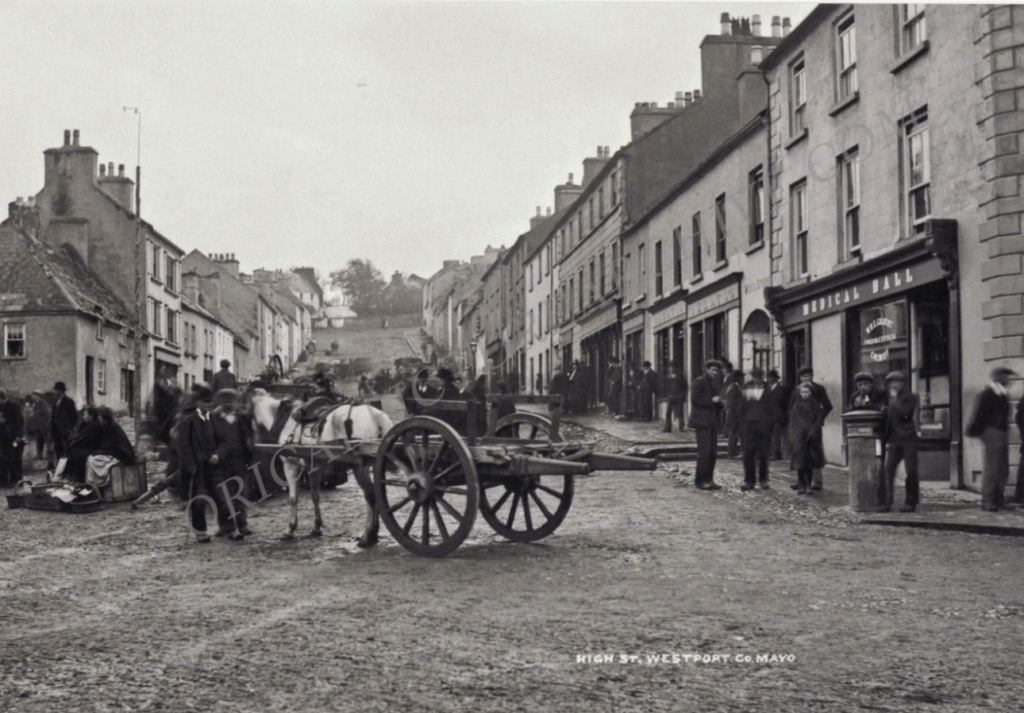
After years of wanting to know where he came from in Ireland, and just two weeks before his 60th birthday, Denis Madigan Stanton and I struck gold and found the Parish where the ancestors of the Stanton family, Edinburgh branch, had originated. The Parish is Oughoval and is situated in the small town of Westport, County Mayo on the West Coast of Ireland.
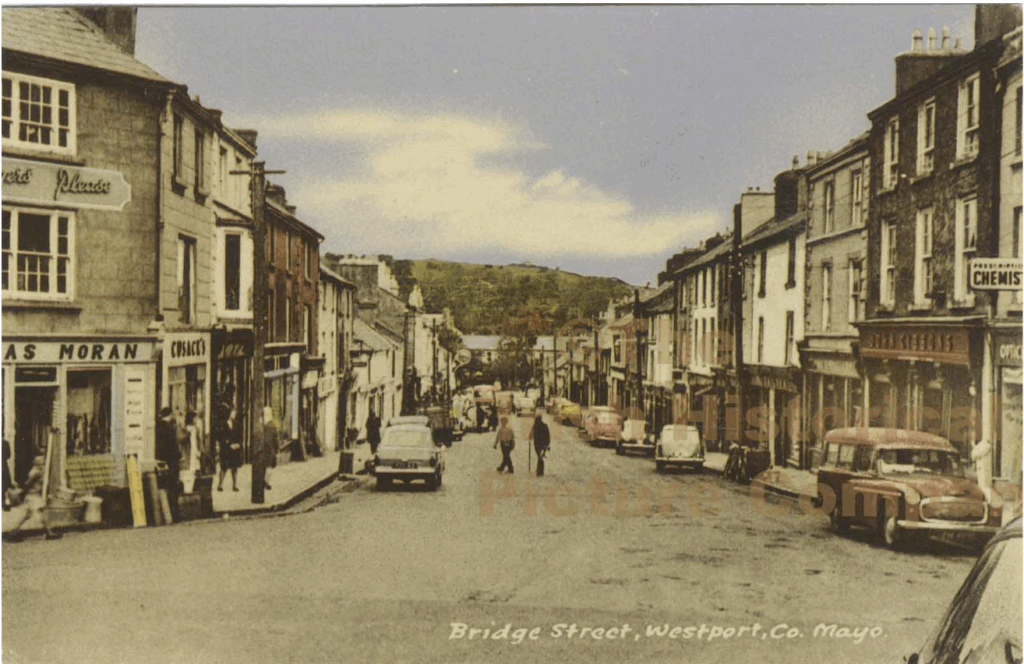
WITH A SPECIAL MENTION HERE to Dave Meikle, Denis’s greatest friend, who offered to do all the driving and take him back in search of his family roots. So Davie, we salute you and Kathleen who had to put up with us for the week.
Westport, County Mayo is the ancestral roots of the family. The Stanton family are in good company because Grace Kelly has her roots in the nearby village of Newport, County Mayo, where her grandfather was born. In the nearby village of Cong in County Mayo there is a very special museum. It is to commemorate where the Quiet Man was filmed and they have replicated the cottage as a museum
Westport originates and gets its name, in Irish, from a 16h Century castle – Cathair na Mart (meaning: The Stone Fort of the Beeves) – and surrounding settlement, belonging to the powerful local sea faring O’Malley Clan, who controlled the Clew Bay area.
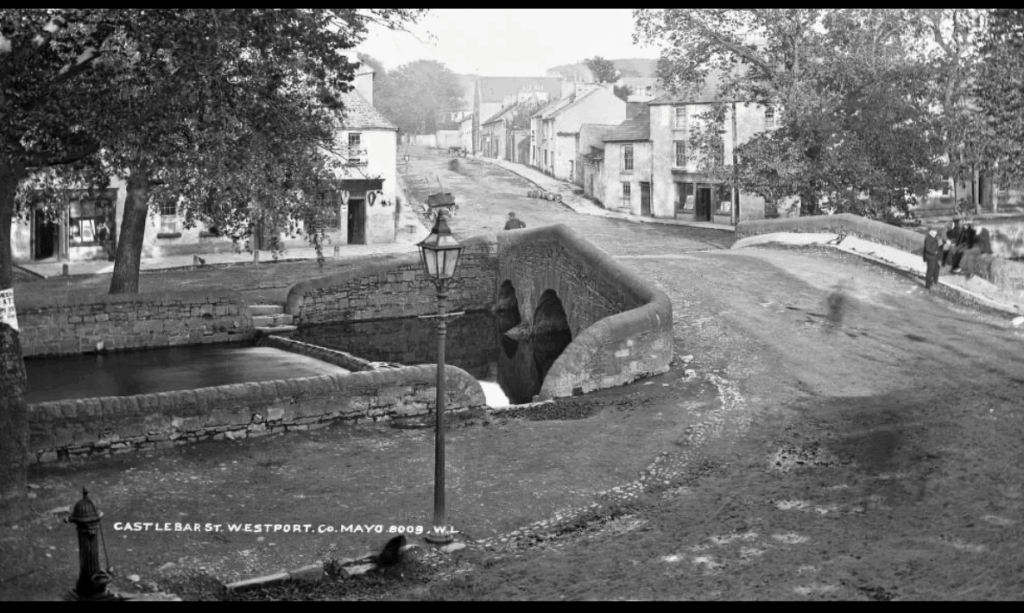
The original village of Cathair na Mart existed somewhere around what is now the front (East) lawn of Westport House. It had a high street, alleys down to the river and a population of around 700. It was moved to its present site in the 1780s by the Browne family of Westport House, who also renamed it Westport.
Westport is designated as a heritage town and is unusual in Ireland in that it one of only a few planned towns in the country. The design of the town is attributed to James Wyatt, a famous English architect. He also completed Westport House, the stately home of the Marquess of Sligo and designed its dining room. Westport House had originally been built by Richard Cassels, the German architect, in the 1730s, on the site of the original O’ Malley Castle. The dungeons of the O’ Malley castle still remain. The most notable feature of James Wyatt‘s town plan is the lovely tree-lined boulevard, the Mall, built on the River Carrowbeg.
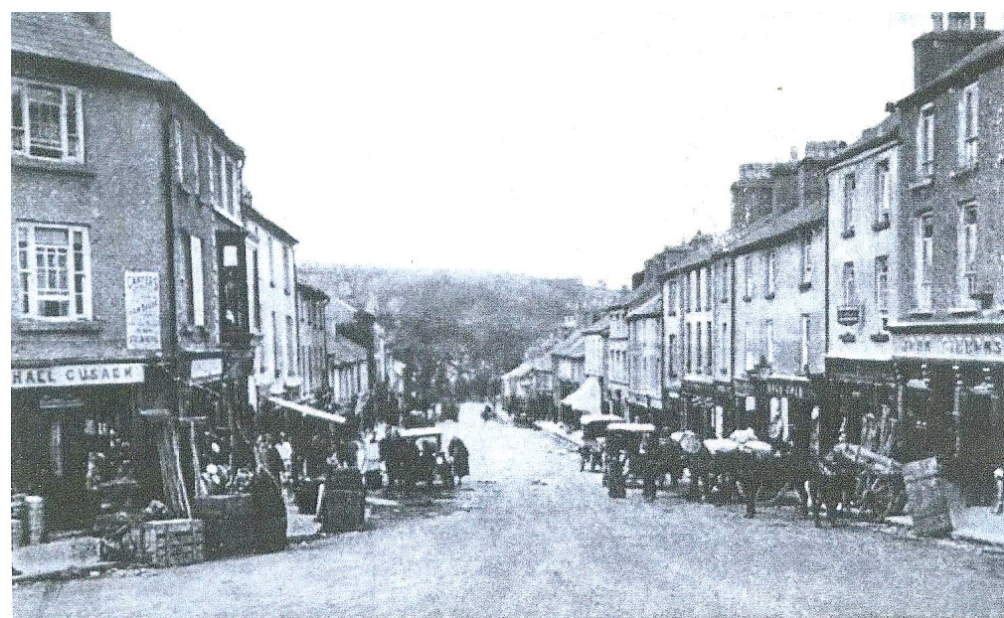
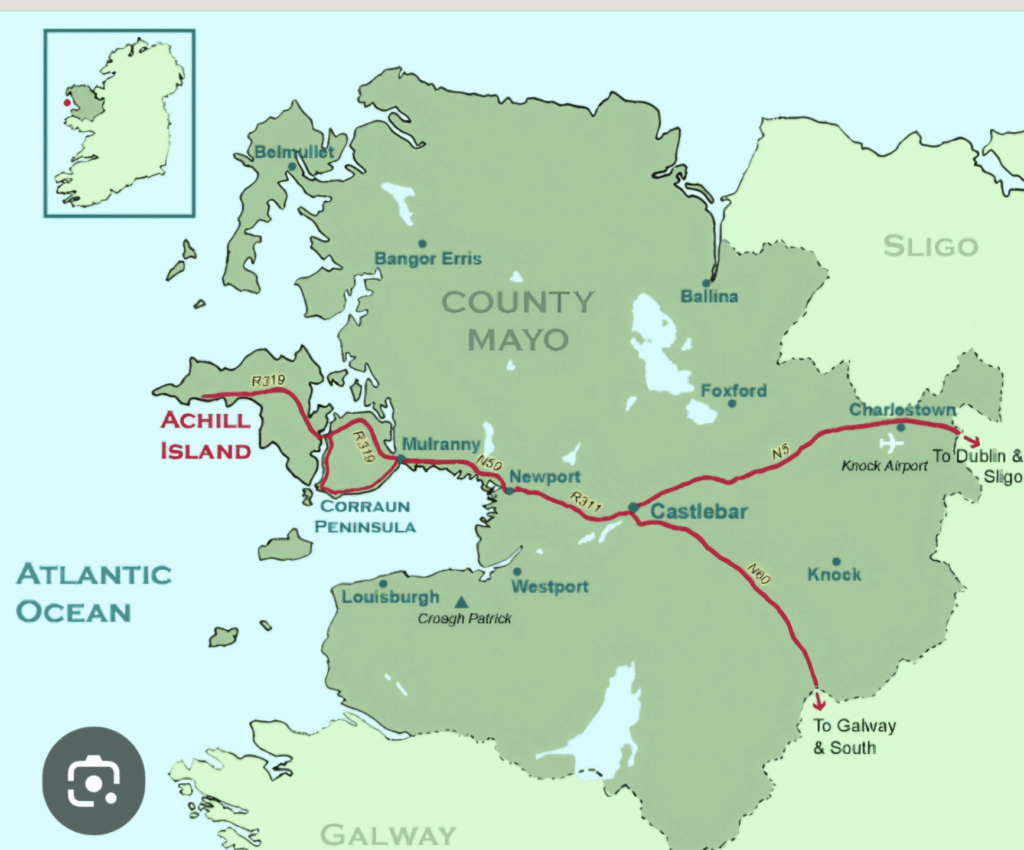
In 1951 John Ford’s greatest movie “The Quiet Man” starring John Wayne, Maureen O’Hara and Barry Fitzgerald was made. It was set in the beautiful west of Ireland with filming being centred in the village of Cong on the Mayo-Galway border.
Denis’s Branch of the Stanton family were farmers and would have a smallholding. It was around 1850 after with the great potato famine and the English Landlords forcing the poor off their lands that the family had to move to survive.
The lands of Westport were held by the Browne family one of who became the Marquis of Sligo around about the year 1801. It was also this family who had decided to relocate the crofters off their lands and build them their own town called Westport. The reason was that their grand house, Westport House, had no gardens. To give them the privacy they wanted they just moved the peasants and farmers off the lands. This resulted in the building of the first planned town in Ireland. It is still a lovely wee place today.
How did Mayo get its Name?
To speak of the ‘history of County Mayo’ before the latter part of the 16th century is in a sense anachronistic. For the county, as such, did not exist before Queen Elizabeth’s Lord Deputy in Ireland, Sir Henry Sidney, and his subordinates undertook the shiring of Connacht about the year 1570.http://www.mayohistory.com/HPreHist.htm
Evidence of this settlement are still visible in Mayo Abbey as it is now known and there is extensive work going on there at present with the intention of reroofing the old church (pre-famine) and turning it into an interpretive centre for the area..
There was in County Mayo, before the famine approximately 45 homes whose residents were called Stanton/Staunton. After the haemorrhage of the famine there was only 14 Stanton families left. Some died, some emigrated to America and Australia and some came to Scotland and England. Some of our family settled in Edinburgh, some in Fife and some in Glasgow. But there were many Patricks, Edwards and Andrews and finding the right branches would become very complicated.
The famine catastrophe was particularly bad in County Mayo, where nearly ninety per cent of the population were dependent on the potato. By 1848, Mayo was a county of total misery and despair, with any attempts at alleviating measures in complete disarray. People were dying and emigrating in their thousands. We will never know how many died in the county during those terrible years. The ‘official’ statistics for the county show that the population dropped from 388,887 in 1841 to 274,499 in 1851, but it is accepted that the actual figure in 1841 was far higher than the official census return. It can safely be said that over 100,000 died in Mayo from the famine epidemic and emigration began on a big scale (there was some emigration before the Great Famine). Most emigrants from the county went to the USA, Canada, England and Scotland, to become part of the big Irish diaspora scattered throughout the world
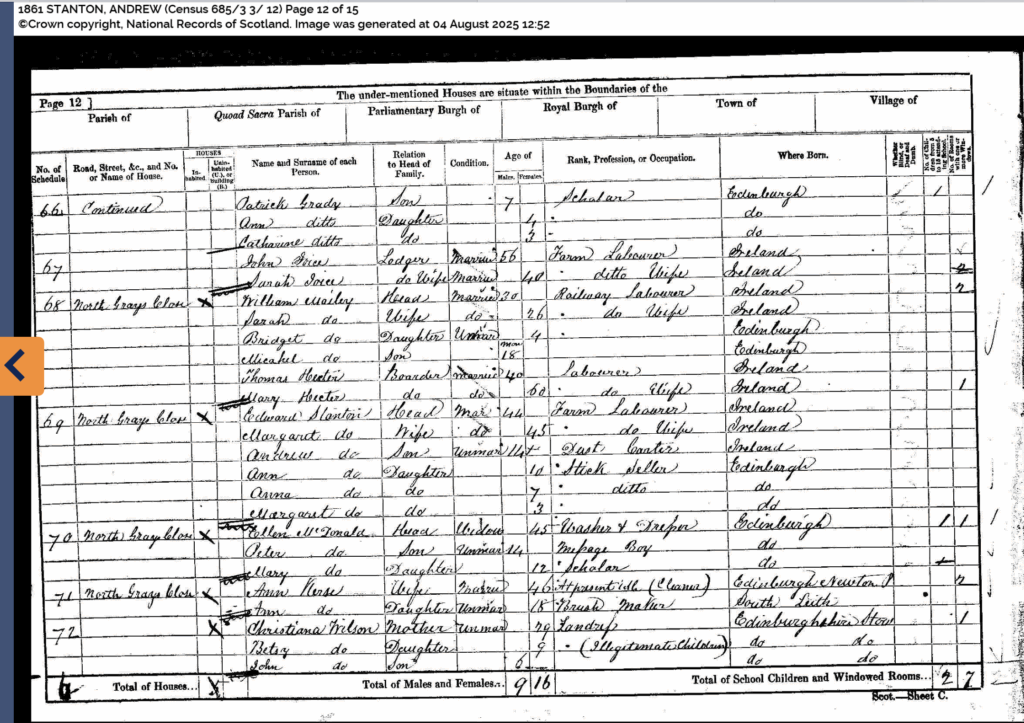
1861 and the family in Edinburgh, No. 69 North Gray’s Close in Edinburgh’s Royal Mile. Edward with Margaret or Peggy and their son Andrew all born in Ireland. then Ann, Anna and Margaret all born in Edinburgh. This gives us an emigration date of between 1847 and 1851.
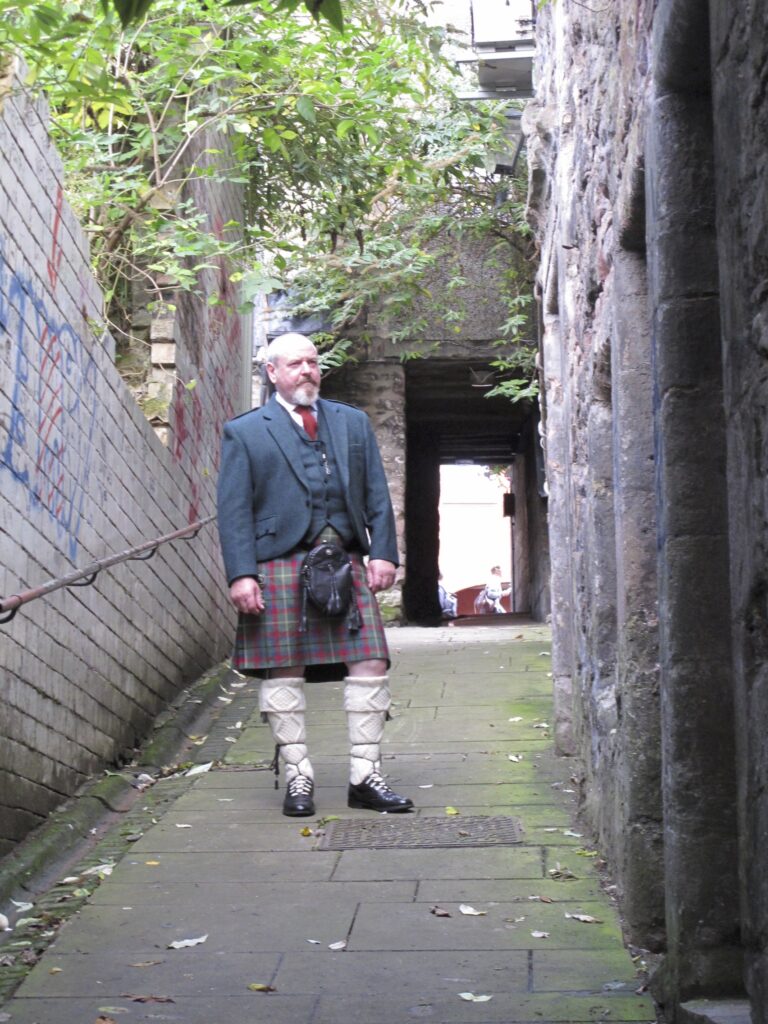
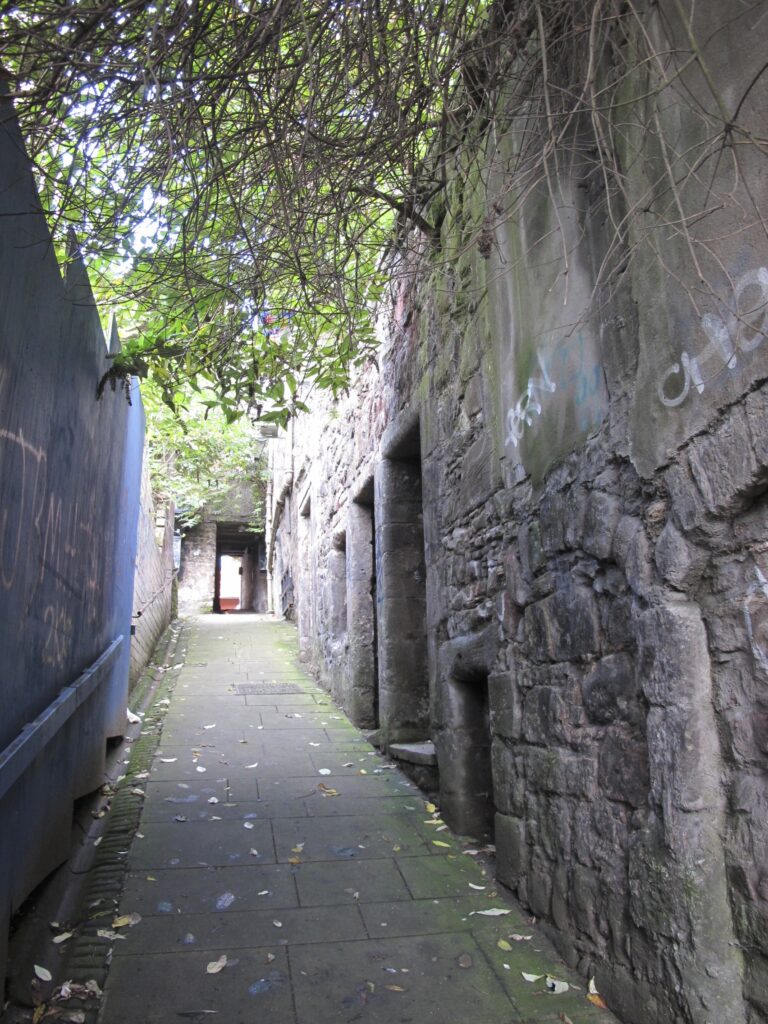
After visiting the area in 2010 and discovering the small town for ourselves we realise that the Stantons would all have been closely linked families of brothers, cousins and the like, and all named after their fathers, mothers, uncles and aunts. Remembering that families in those days had ten or so children this would have resulted in many relations with the same names. But of course all the old folk are gone and their children are scattered. But hopefully through this website we can rekindle the family.
Walter Stanton was the forefather of the clan and we trace him back to 1790 in Westport, County Mayo. Walter was a crofter/farmer and would have lived outside the village. His son Edward and daughter in Law, Margaret or Peggy Grady, both described Walter as a Farmer in the census information given in Scotland.
The famous pilgrimage mountain of Croagh Patrick, known locally as “the Reek” lies some 10 km west of the town near the villages of Murrisk and Lecanvey. The mountain presents a striking backdrop to the town. The church on the summit can just be made out with the naked eye from Westport.
Walter Stanton was a farmer as were all of their family who lived in the region. He married Marion Green. They had several children who were scattered after the famine. We know for sure that there was Edward for he was the son who decided on Edinburgh as his new home. This is our direct line. There was also John, Michael and Maria who were other branches of his own close family who travelled with him at this time. More of the Stanton relations also came and they were cousins, aunts and uncles, all to escape the hardship of the famine
Walter was born in County Mayo, Westport in the Barony of Murrisk, Parish of Aghagower in the town of Cordarragh North. We have no record of the death of Walter and he never travelled with his sons to Scotland. He may have been one of the victims of the great famine.
http://www.mayo-ireland.ie/Mayo/History/Famine.htm
The folk from Westport spoke Gaelic until after the famine when the English language came in as a second language. They established their own local dialect of some common English words.
http://www.youtube.com/user/yourhowtodo
http://www.youtube.com/watch?v=SyrYj6p4guY
| Cove/Covey Clem Lettie/Cassie To Joss it Joss Shades or Shade Skiv Rowl A Layin’ Hen Wheeze/Whid Queered Luke/Nanty Crush Bunce Donor A Lay Quack Lamp Lamped The Lid | A Westportite Bad – No Good A house or home Is to Die In animal terms, is a useless or no good animal Gardai A House Servant girl A wind up / coddin’ A working wife – outside the home Ask – Play Up – Tell Finished – Useless Say Nothing – Be Quiet Move Money Girl A Drink Doctor Look or see while Is to be caught Jail |
| A Sham | Generally referred to the Castlebar boys who came over to the local dances whiddin’ the local Donors |
| Rum Wide Cade E Carnish | Good or Sound To understand or to be cute or wise to a thing A Cap Meat |
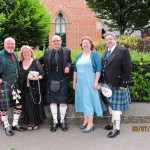
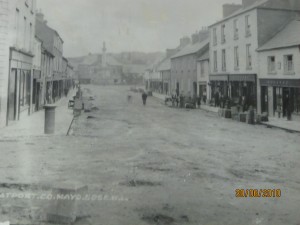
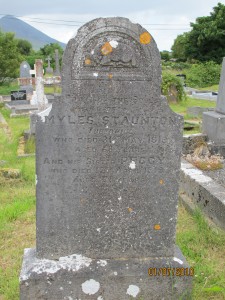
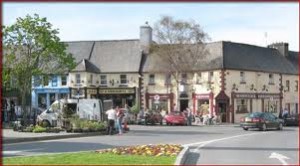

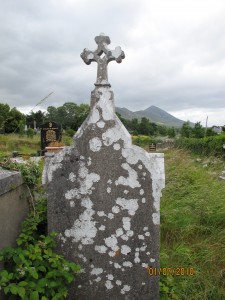
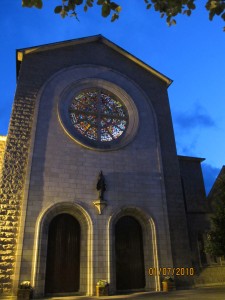
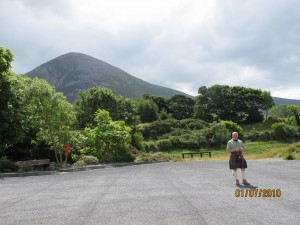
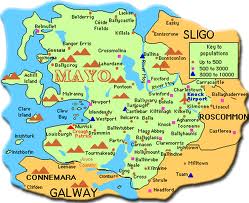
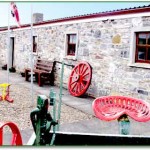
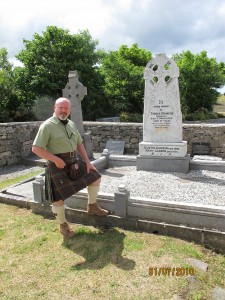
Hi Helen, Dennis
This is amazing, i was fascinated. We are going to florida in oct and i was planning on getting a tatoo and i’m now thinking i will get the stanton crest. Whoever put this together did a fantastic job, i knew about it through Mark. It was even great looking over the quiletti family and remembering peggy “grandma” as everyone got to call her. Thank you for doing this, it made my day. Love to you all i hope you are well.xxxx
My Great grandfather Patrick Staunton came to America in February 1867 with his wife Mary Linskey. Patrick was a baker with his father John in Westport county Mayo.
Thank you very for the info. There is no doubt that the family of Denis and yours would be connected. The town is very small and there would have been cousins, brothers, uncles and aunts all related.
Do you have any info about Patrick, his parents or anything you would like to share. We would be really pleased to hear from you. We live in Edinburgh, Scotland
Thank you for some other informative website. The place else may just I am getting that kind of info written in such a perfect means? I have a challenge that I’m just now running on, and I have been on the glance out for such information.king Regards Anette
hiya not sure if same family bur my great grandad,s mother was called bridget stanton she married a murray they had a son called william they moved 2 england just him and his mother bridget 2 burnley lancs joan
Hello There My Mothers Family came here from Ireland William Edward Diamond came from County Mayo. & My Anderson Family is From Galway & on my Fathers Side my Great Grandfather family was Patrick Williams Mayo. From County McCann, I think he said.
this is connected to the last comment I think the wording of Patrick;s name is wrong, I would guess it would be either Patrick William McCann of County Mayo or Patrick williams/ william McCann of County Mayo
I am a descendant of Nora Stanton who married a Thomas Diamond. They were the parents of John Diamond (born 1835) who married Ellen Tucker (born 1844). Ellen’s parents were Michael Tucker and Mary Lavelle.
All were from the same area of Cong, Mayo/Galway.
John and Ellen Diamond cameto the US and settled in Clarksburg, W. Va.
If anything I have written connects with what you know, please contact me at katherynbuckman@gmail.com or 618-910-0701.
I am a descendant of Nora Stanton who married a Thomas Diamond. They were the parents of John Diamond (born 1835) who married Ellen Tucker (born 1844). Ellen’s parents were Michael Tucker and Mary Lavelle.
All were from the same area of Cong, Mayo/Galway.
John and Ellen Diamond came to the US and settled in Clarksburg, W. Va.
If anything I have written connects with what you know, please contact me at katherynbuckman@gmail.com or 618-910-0701.
Hello Kathy. I will post your comment and hope that we get some interest. Congo is not too far from Westport and the families had much social interaction. I have not personally come across this branch but lets keep fingers crossed. Thanks Helen
Hello,
My family are from Ballydavock Drum and Patrick Staunton at Carrowstaunton in the above list would be a relative. Note we are Stauntons not Stanton and I’ve seen my own ancestors use both variations.
You can find me of Facebook Belcarra Genealogy Group.
Would love to get in touch with any relations. Thanks
Linda
Thank you so much Linda. I will go in and have a look on facebook. Would be great to link the families
Michael Horan who lived in Cloonkeen in 1857 was my great great grandfather. His son Patrick corn about 1837 in Aglish parish came to Scranton,Penn. and eventually settled in Rhode Island.
Hi, My great, great, grandfather John Stanton was born 1839 in Westport and married Mary Ann(she came from County Galway), then came to Stockport, Cheshire, UK, not quite sure when they arrived but they were first seen on the Stockport census of 1861, they both will have only been 22 yrs old, they had 7 children born here in Stockport this is the only information that I have on theses two,, Can anyone help?
can you help me please i was looking before about my great great grandad john joe stanton,he was from westport in co mayo,i was told his father was called patrick,patrick went too liverpool has anyone any information about him,his date off birth
his
i done mistake there can you delete my comment out of it please,ill type in new one
Do you know anything about why Austin Gannon and Mary Gannon were added to the burial?
How interesting to learn about the stantons of co mayo. The family seems to have really developed over the years. My 3rd great grandfather being a Patrick stanton of castlebar who moved over to Lancashire. I carried the stanton name from my mothers side, until she married. I dont know a lot about the line, but I would love to travel over from here in the midlands to explore our heritage.